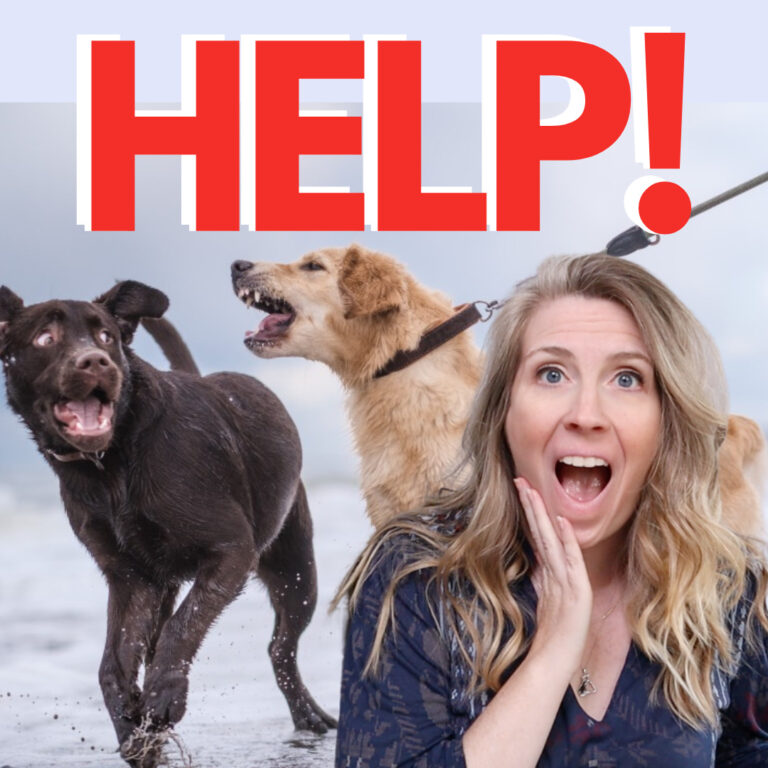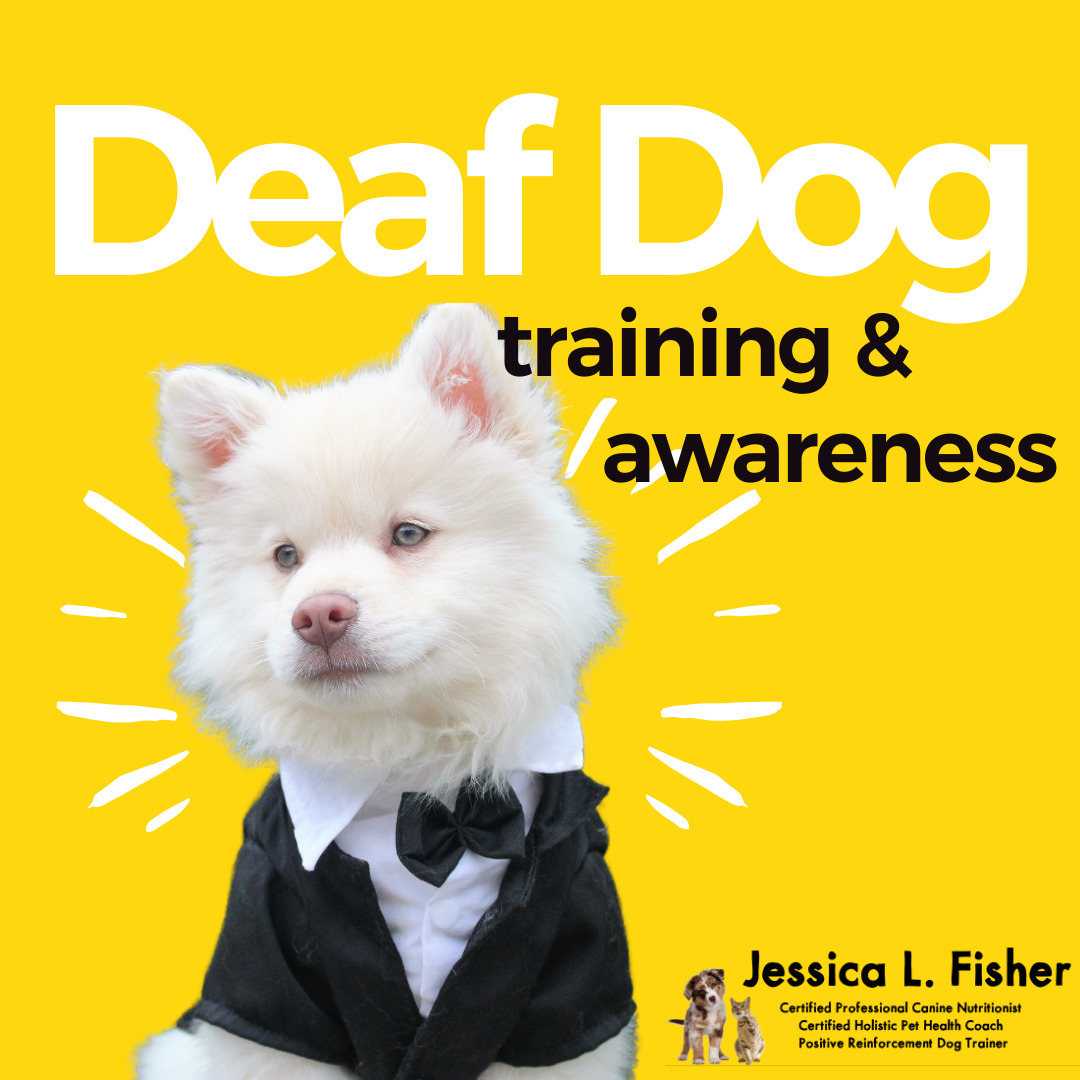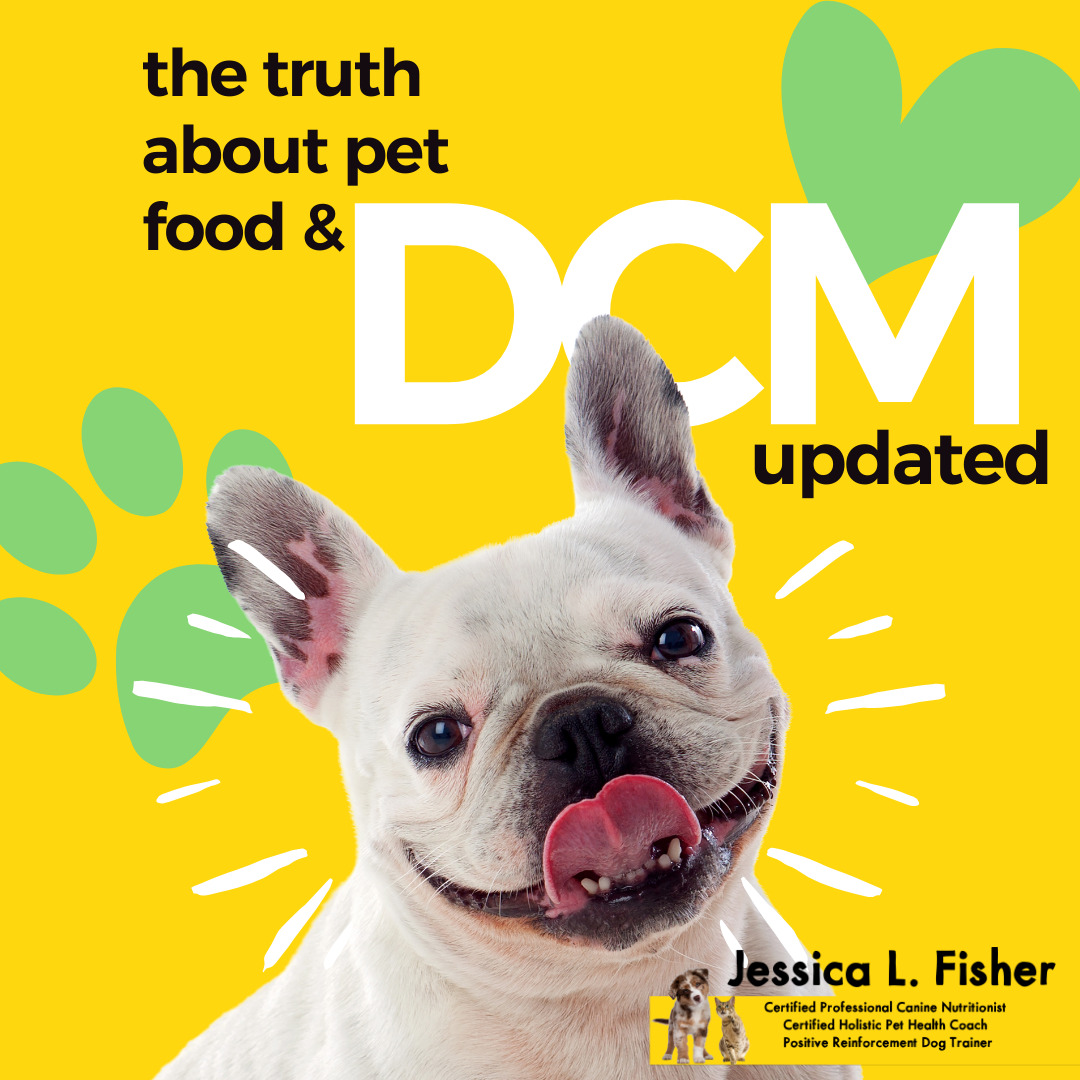Sometimes dogs react and display aggressive behavior, which is what we call reactivity. It’s not really a bad thing … let me explain.
I see reactivity as a symptom, and if you’ve been paying attention to my blogs and videos lately then you know how much value symptoms have.
Symptoms allow us to explore the underlying condition that is plaguing our dog (or cat, or us for that matter).
When we consider reactivity as a symptom, we can better understand our dogs.
Reactivity can include barking, lunging and growling. It’s often a flight or fight response and our dogs can focus solely on the trigger, not able to pay attention to you.
First, let me explain what I mean by not being able to pay attention to you. Your dog is not intentionally ignoring you or the treat you may have in your hand. They have crossed over what we call a threshold, meaning that their brain has switched over and is hyper focused on the trigger.
It’s a physiological response, not a choice.
A trigger can be almost anything, many times it can be a stranger, another animal, or often another dog. Some dogs are dog selective, meaning they are fine with some dogs and not fine with others. Some dogs simply react to every other dog, period.
Your dog could have one trigger or many, for instance your dog could be triggered by other dogs and doorbells. It’s important to realize what your dogs triggers are so that we can work to recondition them.
It’s also important to note that not all triggers are bad. For instance, if your dog loves to go for car rides, hearing the keys is a positive trigger for your dog.
What Not To Do
There are a few things we never want to do with a reactive dog.
1. Pre-empt your dogs’ reaction. If you see another dog before your dog does, or you know something is about to happen that your dog won’t like (a trigger), don’t tense up and impose your feelings onto your dog. Every time you should know your dog will be calm, even if they aren’t, your feelings travel down the leash. The most common thing people will do is grab a tighter hold on the leash. This is the worst thing we can do because that extra tension will tell your dog to “be aware” and that something is about to happen. You are reacting before your dog does, which will reinforce your dog’s negative reaction.
2. Use a prong, choke or e-collar. They are counter productive and down right inhumane, no matter what you’ve been told in the past. These collars use pain and fear, which are designed to suppress symptoms. Remember we talked about symptoms in the beginning? The worst thing we can do is to suppress symptoms, it’s only a matter of time before they come back even stronger. As Abraham Lincoln said, “Violence begins where knowledge ends.”
3. Do not force your dog into uncomfortable situations. It may be tempting to immerse your dog with what they fear, you know, to help them get over it quicker, but the truth is you will only make it worse. We’ll talk about what to do instead next.
What To Do To Help Your Dog Overcome Reactivity
Now that we understand that your dog’s reaction to a negative trigger is a symptom, it only makes sense that we want to work on the underlying condition … the association your dog has to said trigger. For this example, we will talk about another dog being the trigger.
Step 1 – Learning Your Dogs’ Trigger(s)
It is incredibly important to learn your dogs triggers – good and bad – to help your dog. Even positive triggers, like car keys, may be something that we want to recondition to have a decreased response if your dog can get very rowdy! Negative triggers can be especially heartbreaking for you and your dog, so many people start with these.
Step 2 – Learn Your Dogs’ Language
Once the trigger(s) has been identified, you will need to find your dogs’ threshold. This can vary depending on how many things your dog is trying to process, but for sake of example, let’s use a single dog in a familiar environment.
We don’t speak the same language, so you will need to pay close attention to your dogs’ body language, her ears, her eyes, her breathing, if her steps change pace, her posture, her tail and her fur. Your dog will have a “tell.” It’s different for each dog, which is why you need to pay close attention. My dog, for example, pauses in the moment she notices another dog. She pauses, her ears adjust slightly, if her mouth was open, it closes, and she becomes hyper focused on the movement she sees in the distance.
I worked with another dog not too long ago named Daisy who reacted to cats. We came across a cat on a walk and she barely paused, her gait adjusted slightly, but her biggest tell was a simple shrug in her forehead. a tiny wrinkle appeared for a moment while she processed and in an instant she knew she wanted to chase that cat.
You will need to pay close attention to your dog to find their tells.
Step 3 – Keep Your Dog Under Threshold & Reward The Calm
Keeping your dog under threshold means that when we notice our dog noticing a trigger, we do not let them escalate. Right now your dog is still using their thinking brain, which means, they can pay attention to us. If we let our dog escalate, their emotional brain will take over and they will no longer be able to pay attention to us.
Remember when I said earlier that your dog physically can not listen to you? This is why. It’s not a choice they have made, it is a physiological response in the brain, activating the emotional brain and engaging their fight or flight response.
So, keep your dog under this threshold, get your dogs attention, even if that means taking 2 steps back or even turning around, ask your dog for something simple like a “sit” or a “look” and reward.
Over time, you will notice that you can get closer and closer to said trigger before your dog engages.
It’s important to remember that your dog did not build this negative association over night, and it won’t be undone overnight either.




